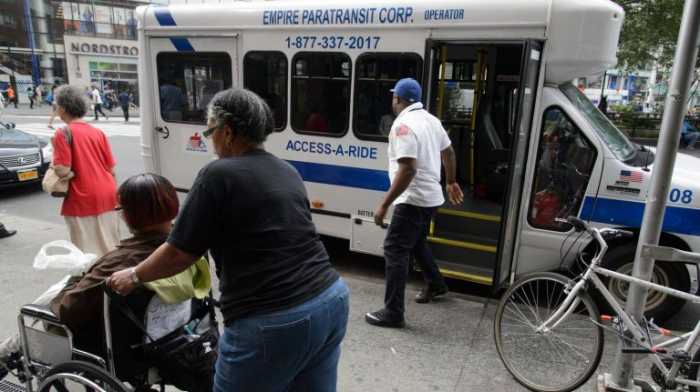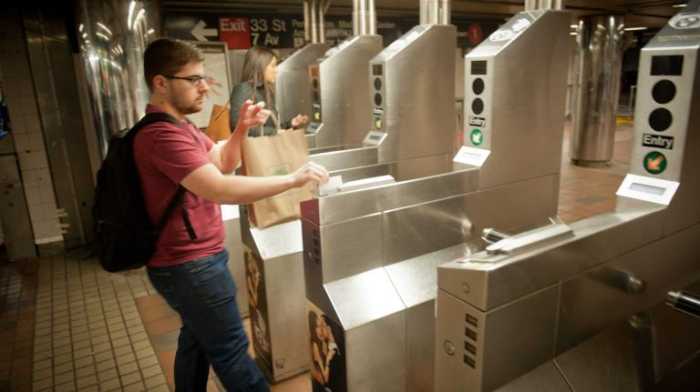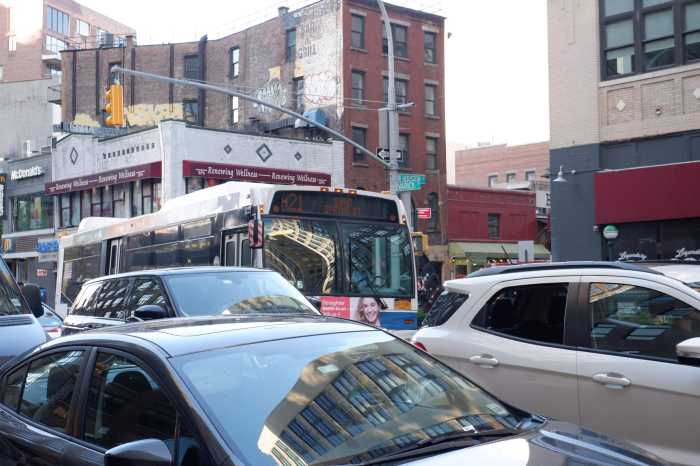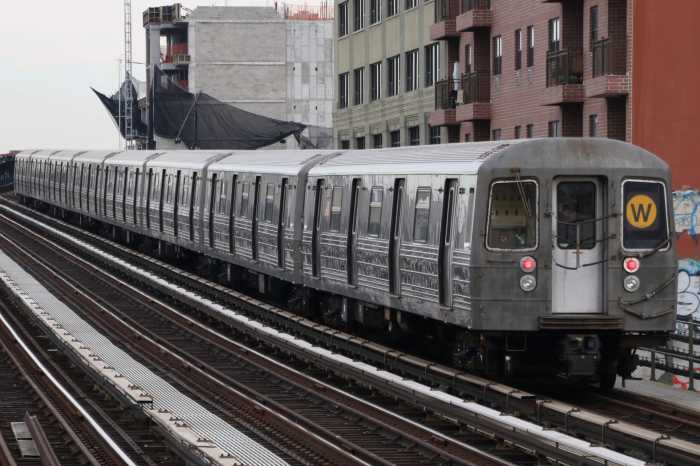New York City’s leaders have understandably been focused on solving a multitude of massive policy challenges that have demanded attention in recent months — from sheltering an unprecedented influx of asylum seekers and making New York more resilient amid increasingly powerful storms to strengthening the city’s business districts in an age of hybrid work. But even as city officials grapple with these growing concerns, it remains vital to focus on arguably the single greatest long-term issue facing our city: how to ensure a lot more New Yorkers can advance into the middle class.
One of the most effective actions that Mayor Eric Adams and the City Council can take to achieve this important goal — and revive the middle class dream in New York — is to provide a free MetroCard to every student attending community college at the City University of New York (CUNY).
Now more than ever, the path to the middle class runs through CUNY. In nearly every industry, well-paying jobs are increasingly going to those with a college degree. And for millions of New Yorkers from low- and moderate-income families, CUNY is the most accessible and affordable opportunity to earn that credential. But while there is ample evidence that CUNY is delivering on its vital role as the city’s most reliable launchpad for economic mobility, tens of thousands of New Yorkers who enroll in the university never reap the full benefits of CUNY’s springboard effect because they drop out without earning a credential. For example, only about 25% of full-time CUNY community college students earn an associate’s degree in three years.
Research suggests that many students who enroll at CUNY are dropping out not because they find the coursework too difficult or because they cannot afford tuition. In fact, 67% of all in-state CUNY undergraduate students attend tuition-free thanks to Pell and TAP tuition assistance. Instead, it is often non-tuition expenses — from transportation and textbooks to child care — that make it financially prohibitive for CUNY students to continue attending classes.
Perhaps surprisingly, the challenge of affording a MetroCard came up more than any other single barrier in our research about the leading non-tuition causes of students’ dropping out. Approximately 90% of CUNY community college students commute to school primarily via public transit. For full-time students, a MetroCard costs nearly $1,200 each school year.
Affluent New Yorkers may take this everyday expense for granted, but this cost can be debilitating for CUNY’s mostly low-income community college students — 71% of whom live in households earning less than $30,000 a year, with more than half coming from households making under $20,000.
Many of the same low-income students enrolled at CUNY community colleges benefited from a free MetroCard when attending public high schools across the five boroughs. But while many students experience increasing financial strains between graduating high school and entering CUNY, that crucial support falls away.
CUNY’s Accelerated Study in Associate Programs (ASAP) initiative, which connects students to a wide array of support services, has more than doubled graduation rates and is celebrated as a national model for reducing barriers to college completion. One key facet of ASAP is that every participating student is given a free unlimited MetroCard at the start of each semester.
The benefit of a free MetroCard should be extended to all community college students. We estimate that it would cost just $50.5 million a year, a tiny fraction of New York City’s annual budget, to give a free MetroCard to every CUNY community college student not currently in ASAP. This investment in our city’s future will help them earn a valuable credential that will lead to a lifetime of increased economic opportunity for them and their families.
Some students already take advantage of the city’s admirable Fair Fares program, which provides a 50% discount on MetroCards. But many CUNY students don’t meet the eligibility requirements for Fair Fares, and many more don’t ever apply. Overall, fewer than 20% of eligible New Yorkers currently take advantage of the programs. The success of the ASAP program shows that the best way to help CUNY students, many of whom struggle to complete overly bureaucratic financial aid forms, is to give them a free MetroCard rather than ask them to apply for discounted rides.
The New Yorkers enrolled in CUNY’s community colleges understand the value of a college credential to help them access a good job and a better life. With a modest investment, city officials can help them stay on track, eliminating one of the biggest barriers to economic mobility in New York.
Jonathan Bowles is the executive director of the Center for an Urban Future. Winston Fisher is a partner at Fisher Brothers and CEO of AREA15.
Read more: Expert Advice on Handling a Smelly Neighbor Issue






































